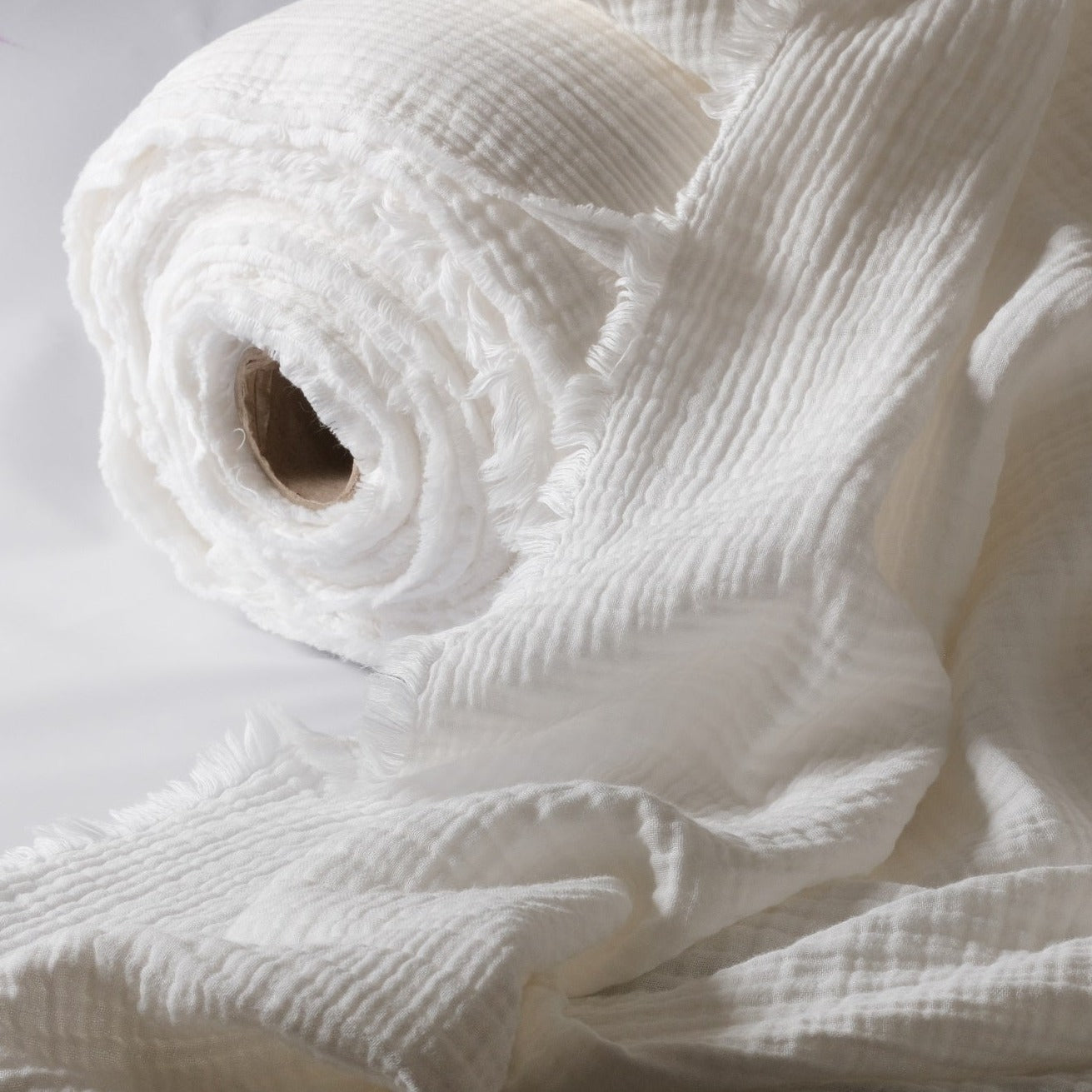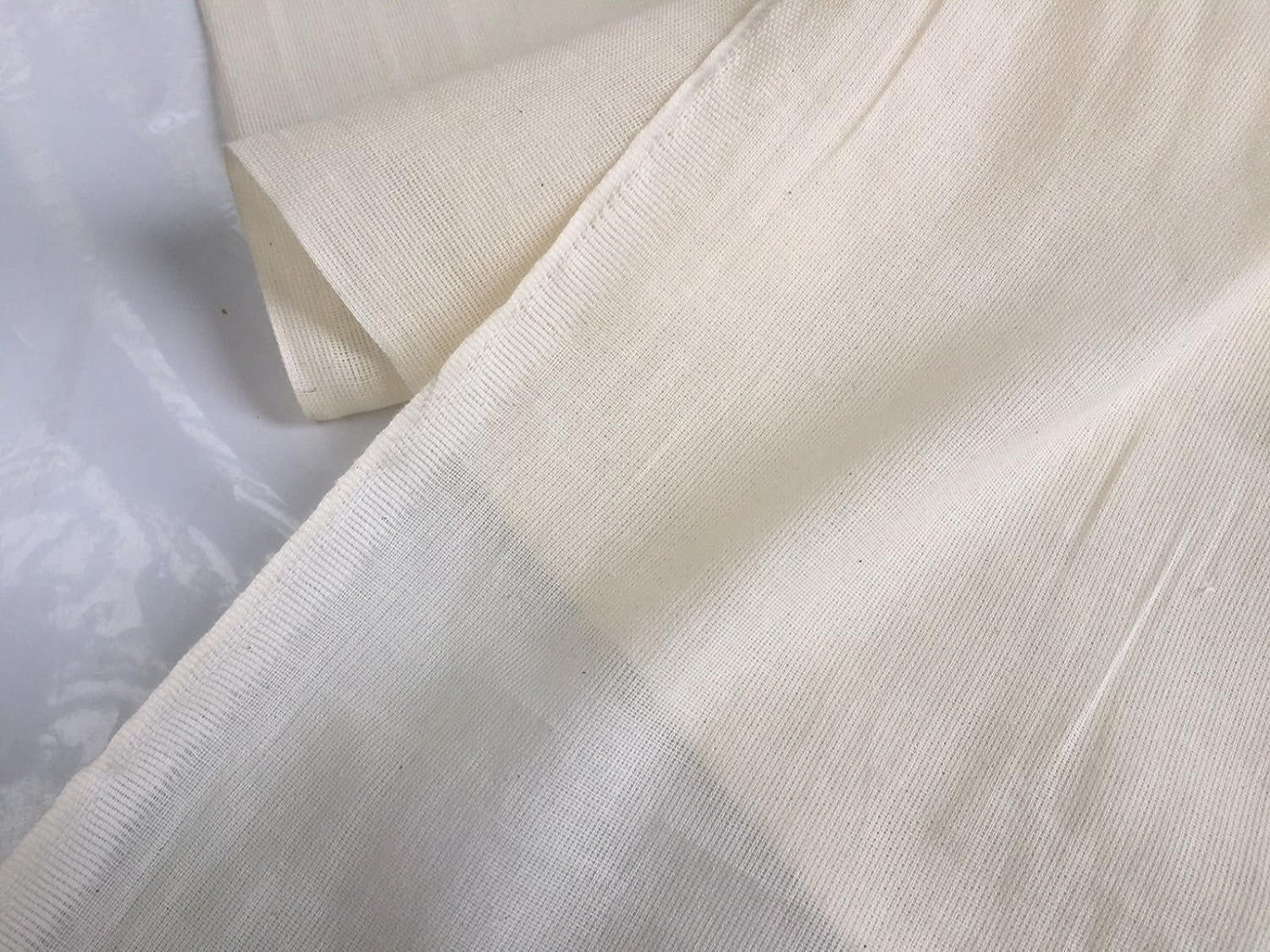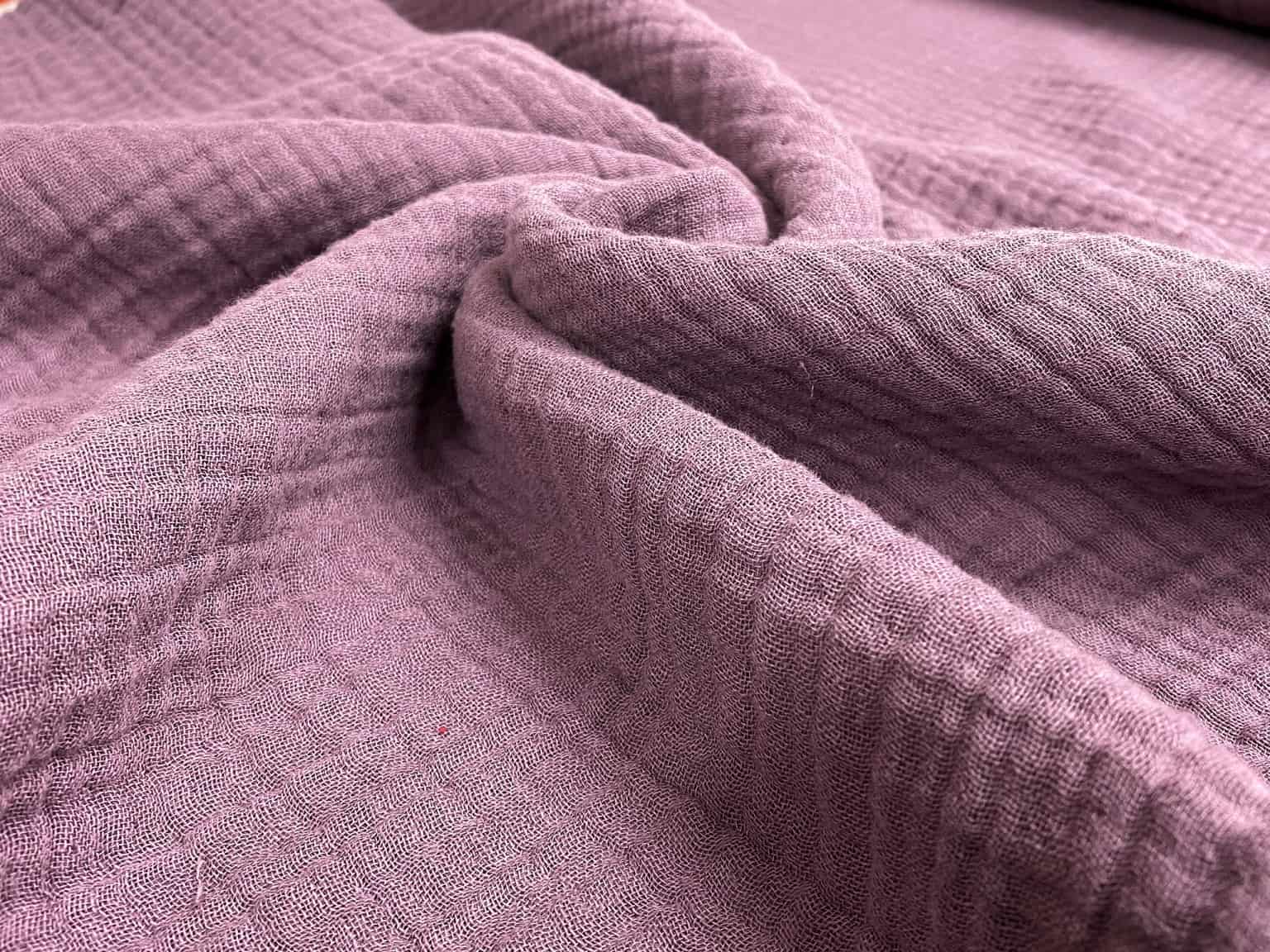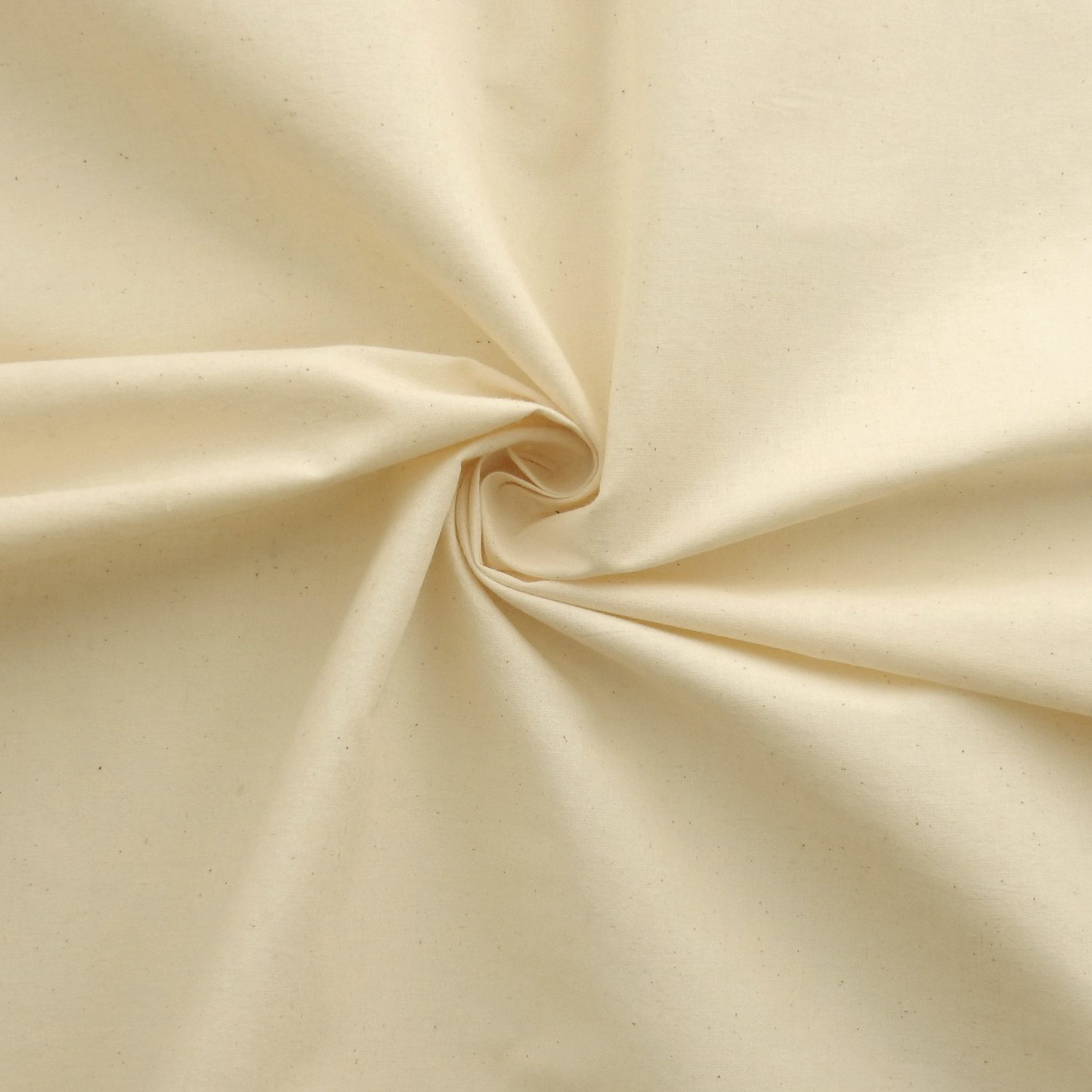Introduction to Muslin Fabric
Muslin fabric, known for its versatility and historical significance, holds a unique place in the textile world. Originating from the ancient trade routes of the Middle East, muslin has evolved from a luxurious fabric to a practical material used in various applications today. Its lightweight, finely-woven structure and breathable nature make it a preferred choice for a wide range of uses, from fashion to theater backdrops and culinary arts.

Historical Background of Muslin
The history of muslin dates back centuries, with its roots firmly planted in the Indian subcontinent. Originally woven from cotton, muslin gained prominence during the ancient times for its exquisite quality and was highly sought after in Europe and the Middle East. During the British colonial period, the production of muslin was centralizing in Bengal, where skilled artisans produced some of the finest varieties known to the world.
Properties of Muslin Fabric
Muslin fabric is characterized by several distinctive properties that contribute to its popularity. Primarily made from cotton, although occasionally from other natural fibers like silk, muslin is lightweight and breathable, making it ideal for warm climates and summer wear. The plain weave of muslin gives it a smooth texture and moderate durability, suitable for a variety of applications ranging from apparel to household items.

Types of Muslin Fabric
There are several types of muslin fabric, each with its own unique characteristics and uses. The most common types include:
- Cotton Muslin: This is the standard variety, made entirely from cotton fibers. It widely uses in apparel, especially for making dresses, blouses, and baby clothes due to its softness and comfort.
- Silk Muslin: A more luxurious variety, silk muslin is woven from silk fibers. It has a finer texture and is often used in high-end fashion garments and accessories.
- Cheesecloth: Although technically not muslin, cheesecloth is often referred to as such due to its similar lightweight and loosely-woven structure. It is primarily used in culinary arts and for crafting purposes.

Uses of Muslin Fabric
Muslin fabric finds application in a diverse array of industries and activities. Its versatility stems from its lightweight nature and breathability, making it suitable for:
- Fashion: Muslin, commonly using as a fitting fabric in the fashion industry, allowing designers to create prototypes and test garment patterns before cutting into the final fabric.
- Theater and Set Design: Due to its affordability and availability in large widths, muslin serves as an excellent material for theater backdrops, props, and set designs. Its neutral color makes it easy to paint and customize according to the production’s needs.
- Household Items: Muslin fabric is also utilizing in various household items such as curtains, bed linens, and kitchen towels. Its soft texture and easy care properties make it a practical choice for everyday use.

Benefits of Muslin Fabric
Choosing muslin fabric offers several benefits beyond its practical uses:
- Breathability: Muslin’s open weave allows for excellent airflow, making it comfortable to wear in warm weather and suitable for baby clothing.
- Durability: Despite its lightweight nature, muslin fabric is surprisingly durable and can withstand regular washing and use.
- Versatility: From delicate clothing to robust theatrical backdrops, muslin adapts to a wide range of applications without compromising on quality.
Care and Maintenance of Muslin Fabric
To maintain the quality and longevity of muslin fabrics, proper care is essential. Here are some tips:
- Washing: Muslin fabric can typically machine wash in cold water on a gentle cycle. Use mild detergent to preserve its softness.
- Drying: Air drying is preferable to machine drying. If using a dryer, choose a low heat setting to avoid shrinkage.
- Ironing: Iron muslin fabric on a low to medium heat setting to smooth out wrinkles. Avoid high heat, as it may damage the fibers.
Sustainability and Muslin Fabric: An Eco-Friendly Choice
In an era where sustainability is becoming increasingly important, muslin fabric stands out as an eco-friendly choice. Its production process, particularly when sourced from organic cotton, involves fewer chemicals and pesticides compared to other fabrics. Additionally, muslin’s durability means that garments and items made from it have a longer lifespan, reducing the need for frequent replacements and thus lessening the environmental impact.
Organic Muslin: A Step Towards Greener Fashion
Organic muslin produce using cotton grown without synthetic fertilizers or pesticides, adhering to environmentally friendly farming practices. This not only benefits the planet but also the farmers by promoting healthier working conditions. Consumers who opt for organic muslin contribute to the demand for sustainable textiles and help support ethical farming initiatives.

Health Benefits of Muslin Clothing
Muslin’s breathability and softness make it particularly beneficial for health and comfort, especially for sensitive skin. It’s a preferred fabric for baby clothes, swaddling blankets, and bedding, providing gentle comfort while reducing the risk of skin irritation. Moreover, its ability to wick away moisture helps keep the skin dry and cool, which is essential for maintaining comfort in warm climates.
Innovative Uses of Muslin in Modern Times
As technology and creativity advance, new and innovative uses for muslin fabric continue to emerge. For example, muslin has found applications in scientific research and laboratory settings, where its fine weave use for filtering and straining purposes. Additionally, in the art world, muslin serves as a durable yet flexible canvas for large-scale paintings and installations.
Final Thoughts on Muslin Fabric
Muslin fabric’s enduring appeal lies in its simplicity, utility, and adaptability. From ancient trade routes to modern-day applications, it has proven itself to be a timeless textile with numerous benefits. Whether you are exploring sustainable fashion, engaging in creative projects, or seeking comfortable and breathable clothing, muslin offers a reliable and versatile solution.
Conclusion
In conclusion, muslin fabric remains a staple in the textile industry due to its versatility, breathability, and historical significance. From its origins in ancient civilizations to its modern-day applications in fashion, theater, and everyday household items, muslin continues to prove its worth as a reliable and practical material. Whether you’re a fashion designer creating the next runway sensation or a homeowner decorating your space, muslin fabrics offers an ideal blend of functionality and aesthetic appeal. Understanding its properties and uses allows for informed decisions in utilizing this timeless textile.








